Generative AI and Software Engineering Teams: Adoption and Training
Generative AI (GenAI) is changing the way that software engineers and developers do their work, but how are organizations managing adoption, training and governance? Read on to find out.
One minute insights:
 Most organizations have adopted GenAI tools or plan to do so within the current quarter or year
Most organizations have adopted GenAI tools or plan to do so within the current quarter or year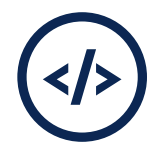 Code generation is a top use case, while tool cost is a significant barrier
Code generation is a top use case, while tool cost is a significant barrier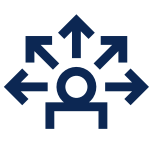 Respondents rely on employees and outside experts for GenAI training and plan to increase workload as a result of implementation
Respondents rely on employees and outside experts for GenAI training and plan to increase workload as a result of implementation Many organizations lack formal governance policies
Many organizations lack formal governance policies Those with governance policies in place rely on written guidelines to train staff in appropriate GenAI usage
Those with governance policies in place rely on written guidelines to train staff in appropriate GenAI usage
Most organizations have adopted GenAI tools or plan to do so within 2023
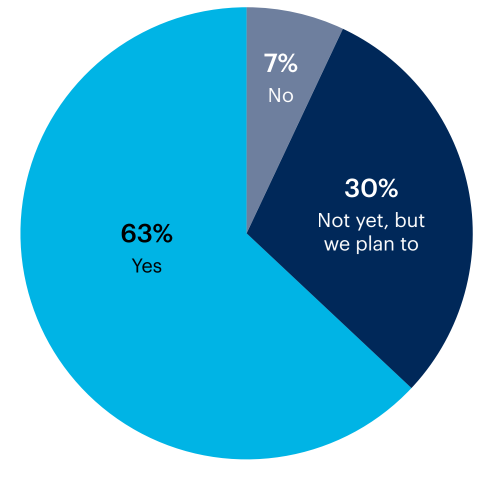
63% of respondent organizations (n = 123) have adopted GenAI tools as part of their software engineers’ and developers’ tool stacks. 30% of respondent organizations haven’t yet, but plan to.
Has your organization adopted generative AI tools as part of your software engineers’ and developers’ tool stack?
Don’t know 0%
n = 123
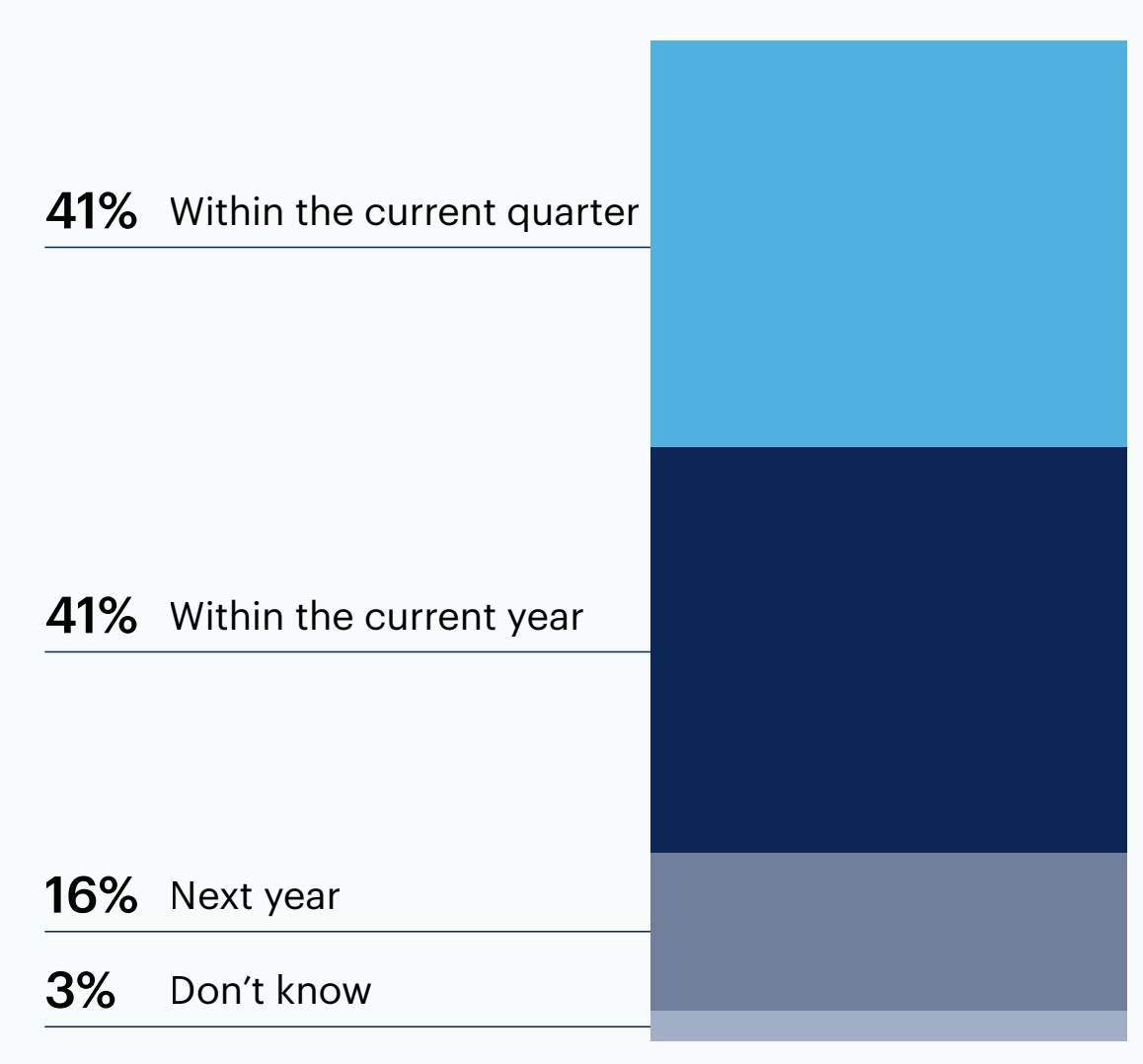
82% of respondent organizations that plan to adopt GenAI tools (n = 37) expect to do so within the current quarter (41%) or the current year (41%).
When does your organization plan to adopt generative AI tools as part of your software engineers’ and developers’ tool stack?
Within the current month 0%
Note: May not add up to 100% due to rounding
Question shown only to respondents who answered “Not yet, but we plan to” to “Has your organization adopted generative AI tools as part of your software engineers’ and developers’ tool stack?”
n = 37
Question: What is the most important thing to keep in mind when integrating generative AI into a software engineering team?
[GenAI is] still a new area with regulation and governance still catching up. We’ve taken a very pragmatic approach. Adoption is happening in small groups via experimentation — training and formal guidelines to follow.
Collaboration, proper training and ongoing monitoring are also key to successful integration.
Code generation is a top use case, while tool cost is a significant barrier
Respondents at organizations that have adopted or plan to adopt GenAI (n = 115) say their software engineers’ and developers’ current or planned use cases include code generation (65%), code review (45%) and code documentation generation (42%).
How are your software engineers and developers currently using or planning to use generative AI? Select all that apply.
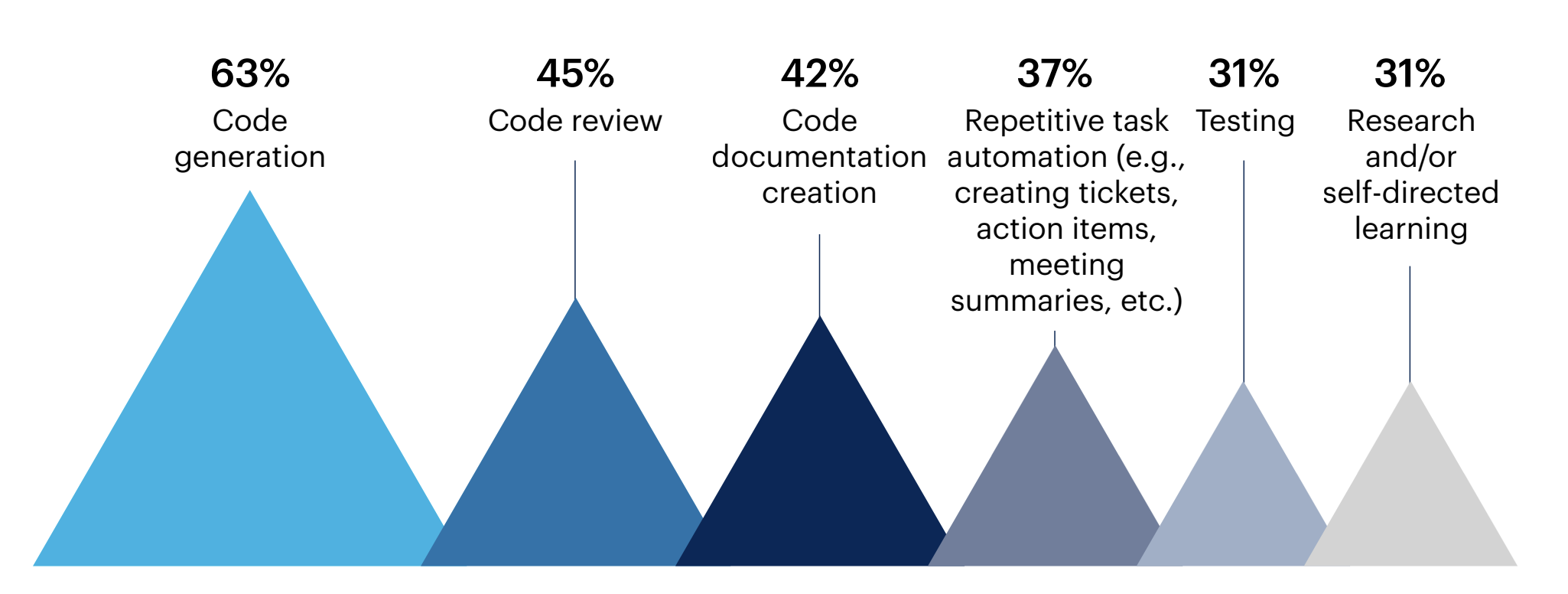
Refactoring 30% | Code readability improvements 30% | Debugging 25% | Don’t know 5% | No plans to use generative AI in our software engineering team 2% | Other 0%
n = 115
Question shown only to respondents who answered “Yes” or “Not yet, but we plan to” to “Has your organization adopted generative AI tools as part of your software engineers’ and developers’ tool stack?”
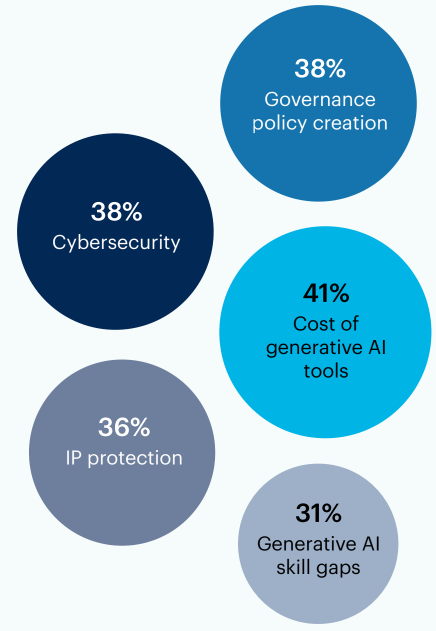
For those organizations (n = 115), prominent barriers to adopting GenAI on respondent software engineering teams include cost of tools (41%), issues creating governance policy (38%) and cybersecurity problems (38%).
In your organization, what are the most significant barriers to adopting generative AI on 41% your software engineering team? Select up to 3.
Lack of trust in tools/vendors 25% | Governance policy enforcement 24% | Poor quality code 19% | Lack of executive buy-in 18% | Lack of employee buy-in 12% | Difficulty training staff in generative AI 12% | Organizational ban on generative AI 3% | No barriers 3% | Don’t know 0% | Other 0%
Question shown only to respondents who answered “Yes” or “Not yet, but we plan to” to “Has your organization adopted generative AI tools as part of your software engineers’ and developers’ tool stack?”
n = 115
Question: What is the most important thing to keep in mind when integrating generative AI into a software engineering team?
AI should be seen as complementary to human software engineering creativity and not as a replacement.
Cost and skill gaps are the major challenges at this point.
Respondents expect employees and outside experts to lead GenAI training and plan to increase workload as a result of implementation
In order to train software engineers and developers on generative AI tools, respondent organizations that are using or plan to use GenAI (n = 115) rely on employee-led experimentation (38%), outside training courses (37%) and sessions with outside experts (35%).
How does your organization train or plan to train your software engineers and developers to use generative AI tools? Select all that apply.
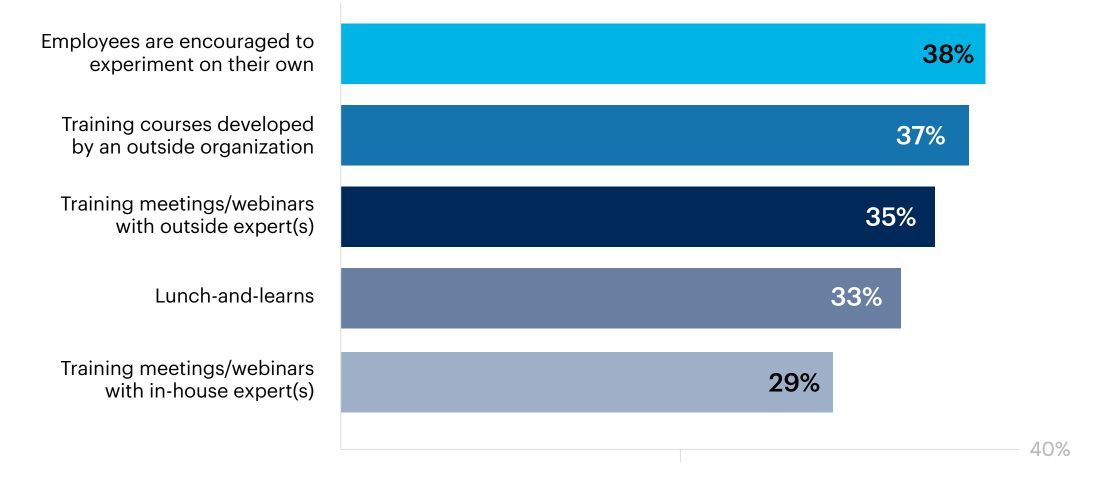
n = 115
Training courses developed in house 27% | Knowledge base documentation developed in house 26% | Vendor-provided tool documentation 23% | Employees are reimbursed for courses/products of their choosing 19% | 1:1 coaching 17% | We don’t provide generative AI training to our software engineers and developers 6% | Don’t know 3% | Other 0%
Question shown only to respondents who answered “Yes” or “Not yet, but we plan to” to “Has your organization adopted generative AI tools as part of your software engineers’ and developers’ tool stack?”
As a result of implementing GenAI, respondents (n = 115) plan to moderately or significantly increase their engineers’ and developers’ workloads (44%) within the next 12 months. 31% plan to keep that workload the same, while 21% plan to moderately or significantly decrease the level of work.
Within the next 12 months, how do you primarily plan to change your software engineers’ and developers’ workloads as a result of implementing generative AI?
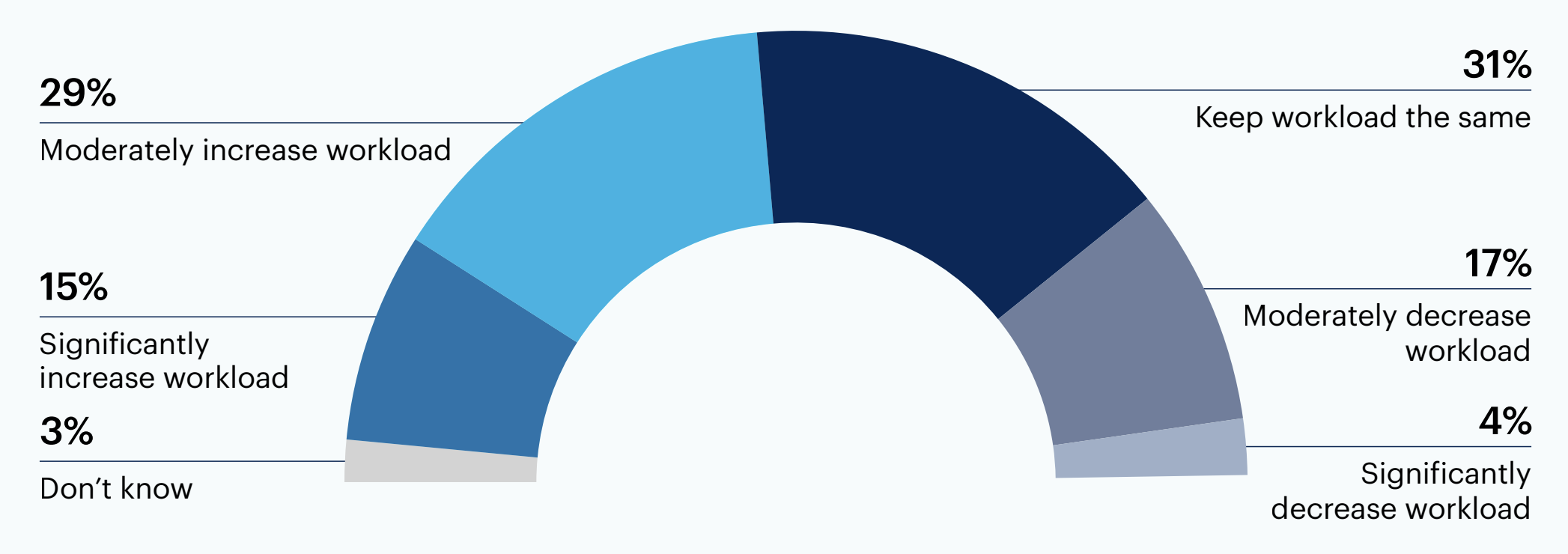
n = 115
Note: May not add up to 100% due to rounding
Question shown only to respondents who answered “Yes” or “Not yet, but we plan to” to “Has your organization adopted generative AI tools as part of your software engineers’ and developers’ tool stack?”
Question: What is the most important thing to keep in mind when integrating generative AI into a software engineering team?
It’s an exciting time; we tend to allow the team to experiment thentightening as we go, rather than restricting to start with.
AI is a tool to support and increase productivity. However, [the] engineering team should have enough acumen to validate the output of AI and critically validate it.
Many organizations lack formal governance policies; those with policies in place rely on written guidelines to train sta in appropriate GenAI usage
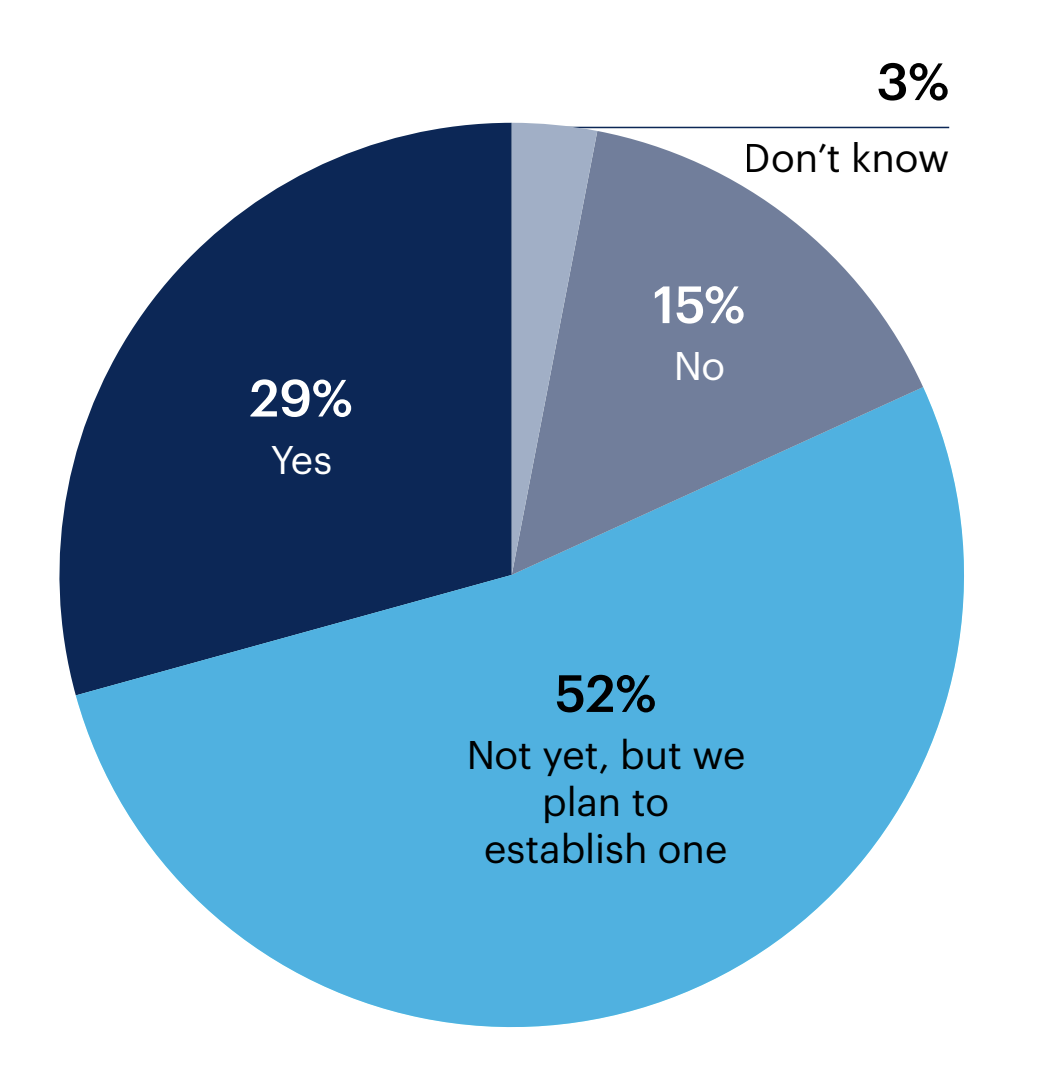
Around two-thirds (67%) of all survey respondents (n = 123) do not have a formal governance policy in place for GenAI — but 52% plan to establish one. Less than one-third (29%) already have a policy in place.
Does your organization have a formal governance policy that defines how your software engineers and developers should use generative AI appropriately?
n = 123
Note: May not add up to 100% due to rounding
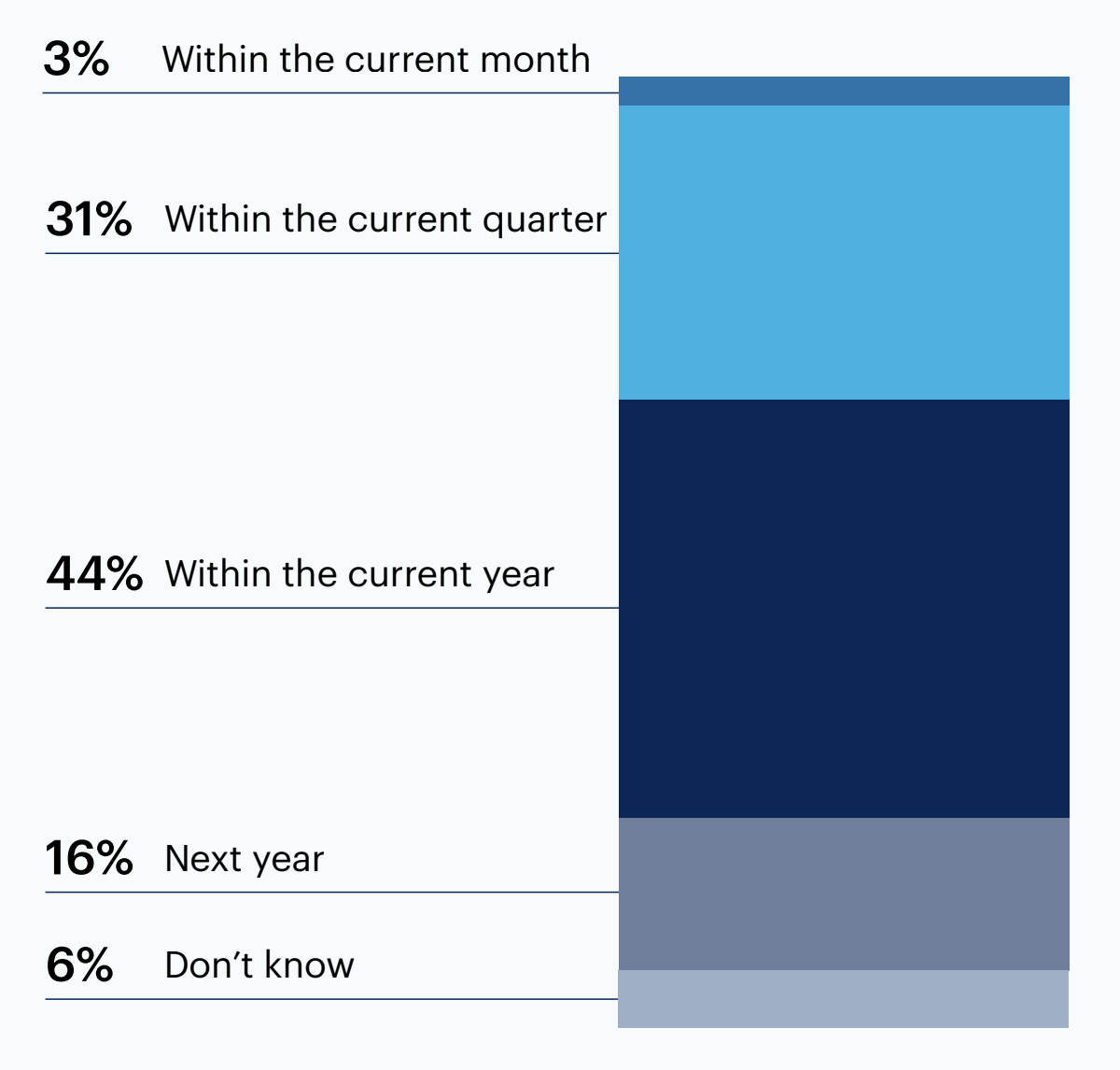
Among those whose organizations plan to establish a GenAI governance policy (n = 64), 44% expect to do so within the current year. 31% plan to within the current quarter.
When does your organization plan to establish a formal governance policy that defines how your software engineers and developers should use generative AI appropriately?
n = 64
Question shown only to respondents who answered “Not yet, but we plan to establish one” to “Does your organization have a formal governance policy that defines how your software engineers and developers should use generative AI appropriately?”
Organizations with an established GenAI governance policy (n = 36) use written guidelines (64%) to train software engineers and developers on adherence. Some route questions to an in-house GenAI expert (47%), o er training sessions (42%) or mandate training courses (42%) to help staff understand their governance policies.
What is your organization’s approach to training your software engineers and developers how to adhere to your generative AI governance policies? Select all that apply.
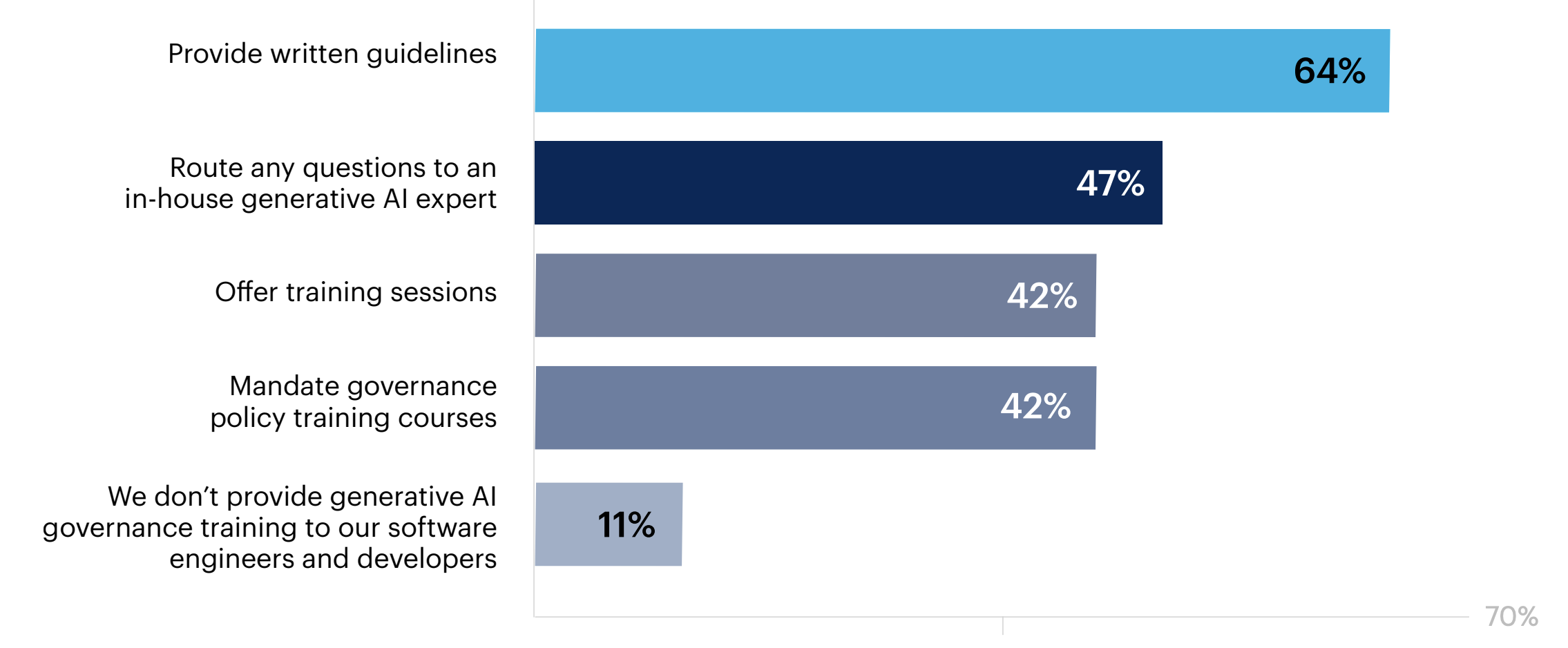
Don’t know 0% | Other 0%
n = 36
Question shown only to respondents who answered “Yes” to “Does your organization have a formal governance policy that defines how your software engineers and developers should use generative AI appropriately?”
Question: What is the most important thing to keep in mind when integrating generative AI into a software engineering team?
We need checks and balances in place with a very narrow focus for the AI. Start small and grow as we gain more experience.
The legal implications are yet to be settled, so generally speaking you want to make sure you have a clear understanding with your counsel.

Want more insights like this from leaders like yourself?
Click here to explore the revamped, retooled and reimagined Gartner Peer Community. You'll get access to synthesized insights and engaging discussions from a community of your peers.
Respondents breakdown
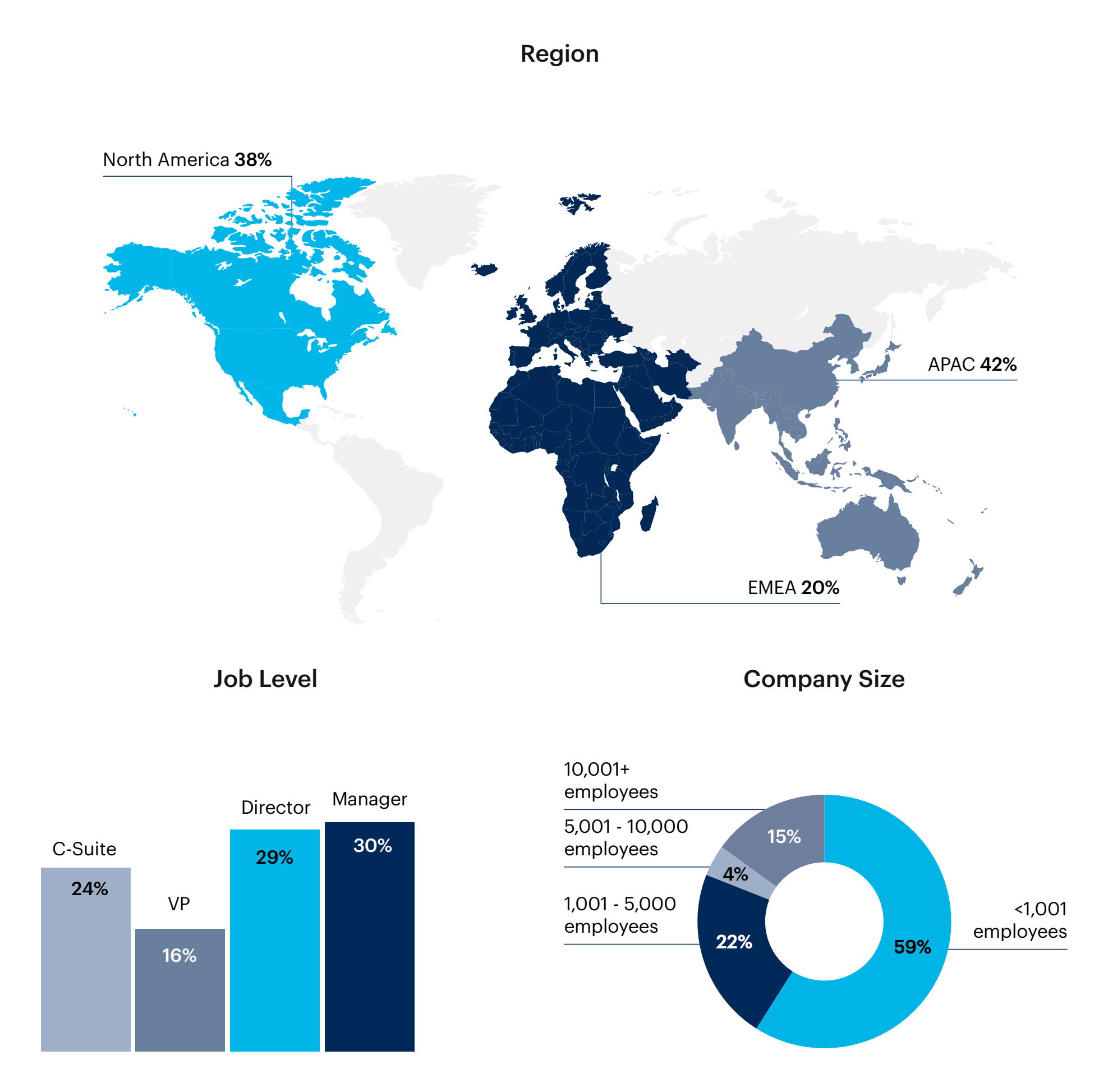
Note: May not add up to 100% due to rounding